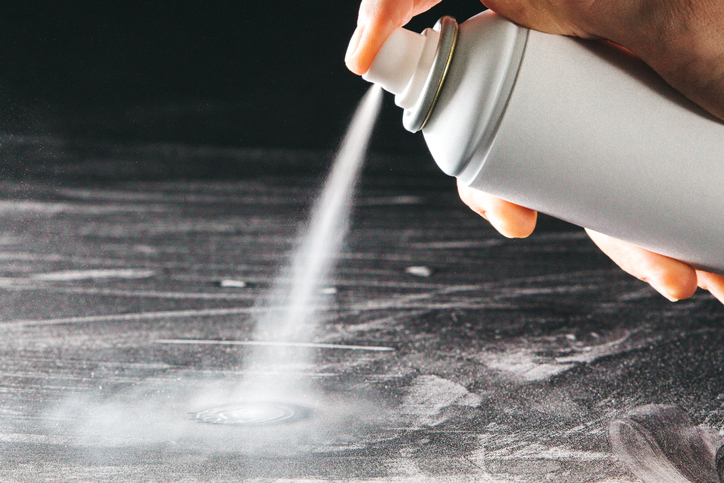On June 28, 2019, the EPA released its draft risk evaluation for 1,4-Dioxane. The EPA’s initial determination was that 1,4-Dioxane poses no unreasonable risks to the environment and no unreasonable risks to occupational non-users. However, the EPA also concluded that the chemical presents unreasonable risks to workers in certain circumstances. The same day, the California Department of Toxic Substances Control held a public workshop on 1,4-Dioxane risks, and the department is actively considering further regulation. Just two days earlier, the New York legislature approved a …
Continue Reading









